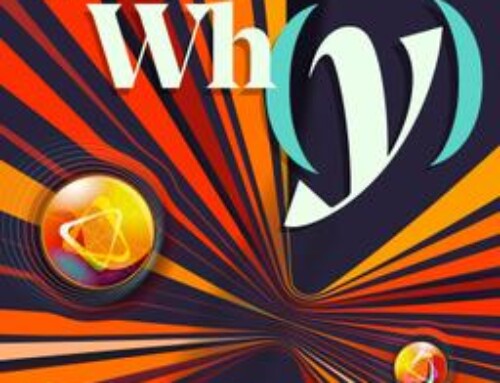Jason Alicea, Professor of Theoretical Physics, comments on recent experimental work by the Marcus group. They have identified a key property of ‘Majorana modes’ in superconducting wires that can be used to engineer qubits that are immune to noise by default. In Alicea’s News and Views article he describes the Majorana mode as a line of schoolchildren, each holding hands with their neighbors, leavi ng an uncoupled free hand at either end of the chain (see Figure). The linked hands mimic the entanglement of electrons in specially constructed superconducting wires2: half of each electron couples to its rightward neighbor, with the other half coupling to its leftward neighbor (purple dots indicate additional electrons that are similarly entangled). The free hands at the ends are analogous to Majorana modes (unpaired electron halves, separated by distance L) in the superconductor. Read the Nature News and Views article here and the full paper Exponential protection of zero modes in Majorana islands, by S. M. Albrecht, et al., Nature Volume:531, Pages:206–209, published:
ng an uncoupled free hand at either end of the chain (see Figure). The linked hands mimic the entanglement of electrons in specially constructed superconducting wires2: half of each electron couples to its rightward neighbor, with the other half coupling to its leftward neighbor (purple dots indicate additional electrons that are similarly entangled). The free hands at the ends are analogous to Majorana modes (unpaired electron halves, separated by distance L) in the superconductor. Read the Nature News and Views article here and the full paper Exponential protection of zero modes in Majorana islands, by S. M. Albrecht, et al., Nature Volume:531, Pages:206–209, published:



